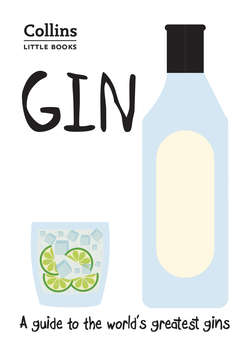Читать книгу Gin: A guide to the world’s greatest gins - Dominic Roskrow - Страница 6
ОглавлениеWhat is gin and how is it made?
Unlike the production of Scottish single malt whisky, which is covered by a stringent set of rules, there is considerable debate as to what may be acceptably called gin.
The basic definition of gin is a spirit made from ethyl alcohol and flavoured with botanicals. Juniper berries must be included and should be the ‘predominant’ flavour. The alcoholic strength of the spirit must be no less than 37.5% ABV. There are further definitions as to what can be called distilled gin and London gin.
But the definitions are loose and leave considerable loopholes and room for interpretation. There have been attempts to tighten up the rules, but some distillers have played footloose and fancy-free with the requirement to have a ‘predominant’ juniper flavour.
Making gin
In simplistic terms, gin is made from a base spirit that has been distilled to a high strength and then reduced to 60% ABV. Some distilleries make this base spirit themselves, but many buy it in from a select number of large distilleries.
The spirit, made from a variety of grains, is sometimes referred to as neutral grain spirit, though that is not quite the case, and the spirit used will influence the final gin. To this base spirit a range of botanicals will be added. These are natural ingredients and include the compulsory juniper berries, as well as, most often used, coriander, angelica, lemon, and orange peel.
The number of botanicals varies from gin to gin, but a good-quality premium gin may have six to ten botanicals, and these may include everything from spices to tea and from flowers to exotic fruits.
Steeping
Some distillers soak the botanicals before distillation, and they have their own ideas how long this process should take.
Immersion
The botanicals are then immersed in the base spirit, normally in a pot still. The pot still is then heated to release the oils from the botanicals. At this point the process is similar to that for single malt whisky production, with the early vapours discarded, the middle part of the run collected, and the final part discarded. Further neutral alcohol and water may be added.
Vapour extraction
Some distilleries do not immerse the botanicals, but suspend them above the base spirit. This is the method used by Bombay Sapphire. As the vapours rise, the flavours of the suspended botanicals are extracted and collected as before.
Individual extraction and blending
Some distillers take each botanical separately and put it through the distillation process. Then the collection of different botanical distillates are blended to produce the required gin.
